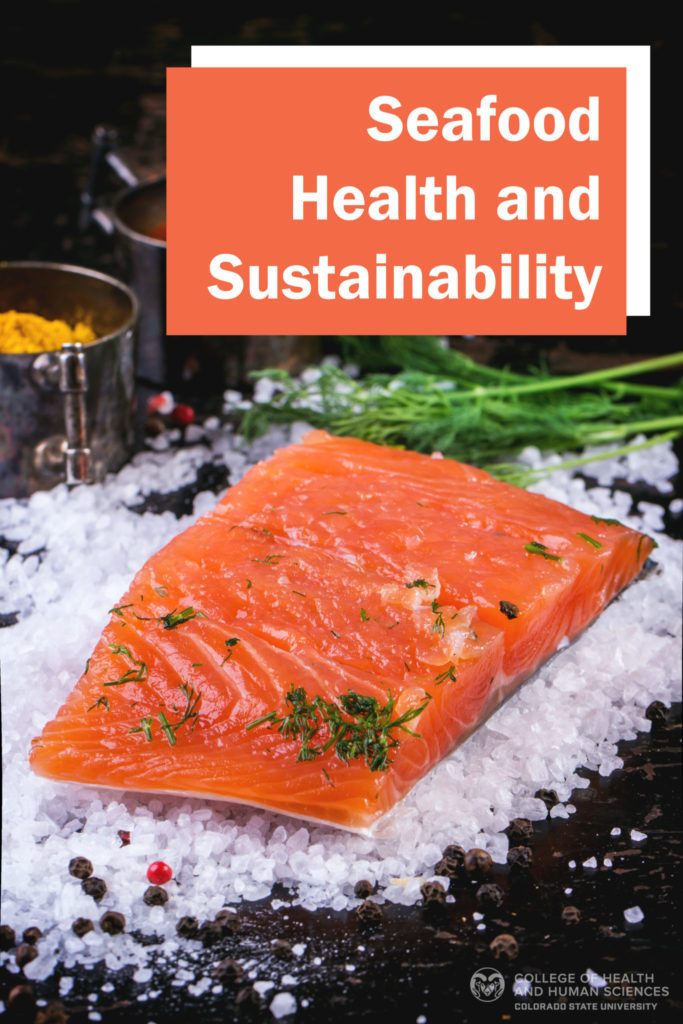With more recommendations encouraging seafood intake for health benefits, it is also important to take sustainability and environmental contaminants into consideration. What seafood is sustainable? Do the health risks outweigh the benefits? The controversy of eating farm-raised vs. wild-caught fish is complex and it can be easy to get lost in a sea of conflicting information. Let’s dive in to explore the pros and cons of consuming certain seafood so you can make informed decisions to benefit your health and the environment.
Seafood for Heart Health
From a nutritional standpoint, seafood is an excellent, heart-healthy protein option. The American Heart Association and USDA Dietary Guidelines for Americans recommend consuming seafood twice a week. Seafood is high in B vitamins, vitamin D, selenium and omega-3 fatty acids, and runs low in saturated fat (the kind that can raise blood cholesterol). Heart-healthy omega-3’s can
lower triglycerides, reduce risk of blood clots, lower blood pressure, reduce inflammation and decrease risk of stroke.
How to Know if Seafood is Sustainable?
Sustainable seafood has become a hot topic in the past decade due to concerns of overfishing and habitat-damaging fishing practices. For seafood to be characterized as sustainable, many factors are considered including chemical use, type of feed given to the fish if it is farmed-raised, environmental impact, fishing methods, and current population of the fish. Farm-raised and wild-caught
varieties can be sustainable OR unsustainable.
Monterey Bay Aquarium’s Seafood Watch is one of the most well-known and reputable resources for understanding seafood sustainability and provides consumer guides based on country and region. The Seafood Watch app provides an easy way to determine sustainable options when shopping. The app includes a search option so you can enter the name of the seafood, select if it is sourced domestically or imported, and whether it is farmed or wild caught. Some sustainable options include salmon (U.S. and New Zealand), trout (U.S. farmed) and Pacific cod (U.S.). Check out the consumer guides from Seafood Watch.
It is also important to consider sustainable options when eating at restaurants. You can ask your server if the restaurant serves sustainable seafood. There are certified sustainable restaurants in Colorado including Jax Fish House!
To Seafood or Not to Seafood?
Weighing pros and cons of sustainability, contaminant exposure and nutrition can make seafood selection feel overwhelming. The World Health Organization found that for the majority of commercial wild- and farm-raised species, the health benefits of seafood consumption outweigh the risks of contaminant exposure. In other words, the health benefits gained from eating seafood—wild-caught or farm-raised—lends a health opportunity that outweighs the risks of not eating any seafood. That being said, it is recommended to make sustainable choices when possible.
Discover interesting and easy-to-prepare recipes on our YouTube channel. For nutrition tips, and to find cooking and nutrition classes, visit the Kendall Reagan Nutrition Center website.